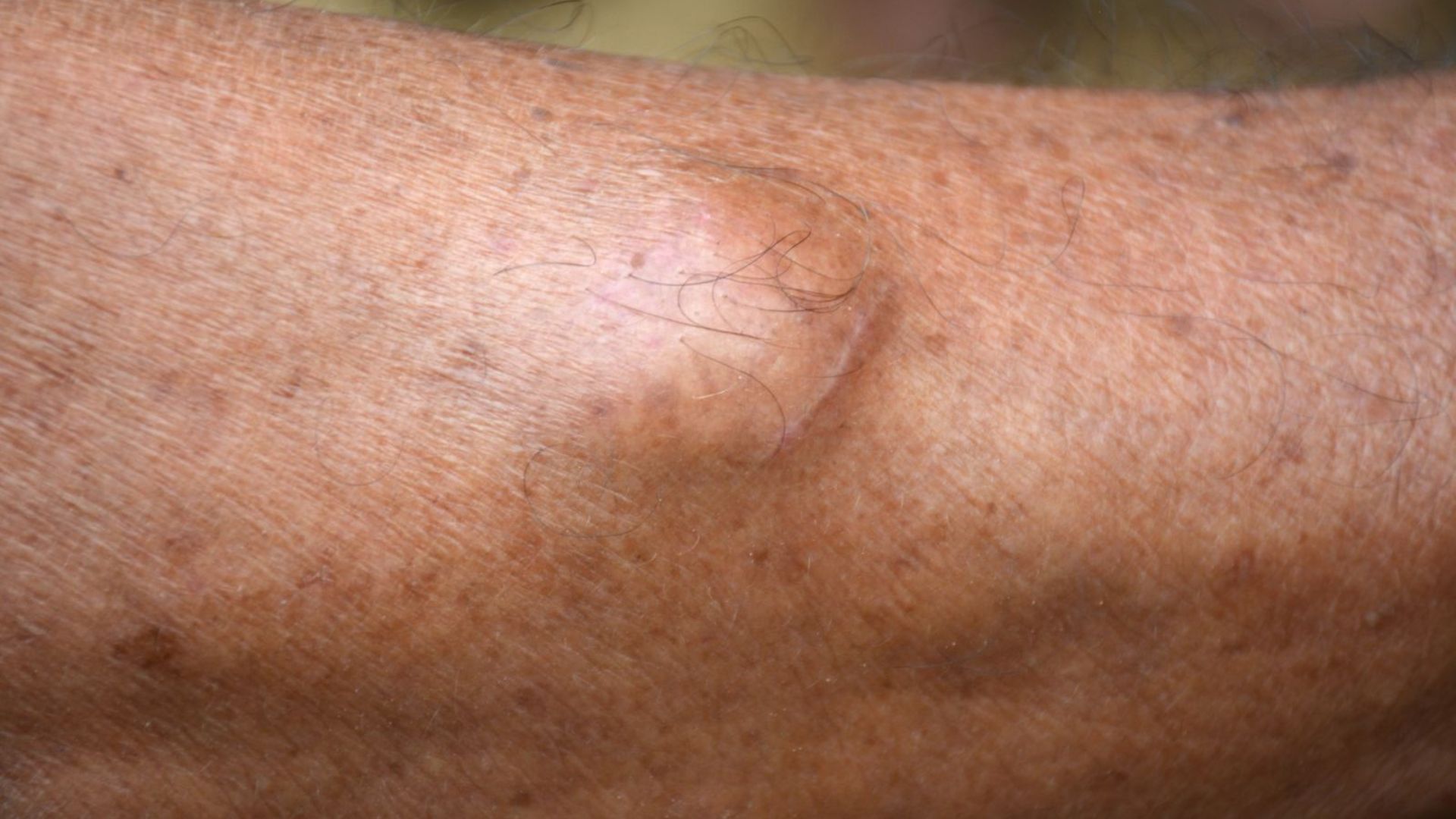
Lipoma removal is a minor surgical procedure to remove lumps of adipose (fat) tissue that develop under the skin. Lipomata are slow-growing and generally harmless and painless. They cause many people cosmetic (aesthetic) concern and in some cases can cause discomfort particularly if in areas where they get pressed against tables, rucksacks etc.
The procedure is carried out under local anaesthetic. All Lipomata are sent for histology.
At the Interface Clinic, no GP referral is required, and patients can self-refer for treatment.
If you have however seen your GP regarding your Lipoma then it is good practice to ask for your notes for your medical records with us.
Healing Time: 7-14 days depending on site. Full aftercare instructions are explained and given following the procedure.
For some lipomata, there is a small risk of them recurring. This is dependent on their type and location within the tissues. You get a much better idea if the Lipoma might come back at the time of the surgery itself.
The local anaesthetic administration stings a bit but after that the procedure is painless and the area numb.